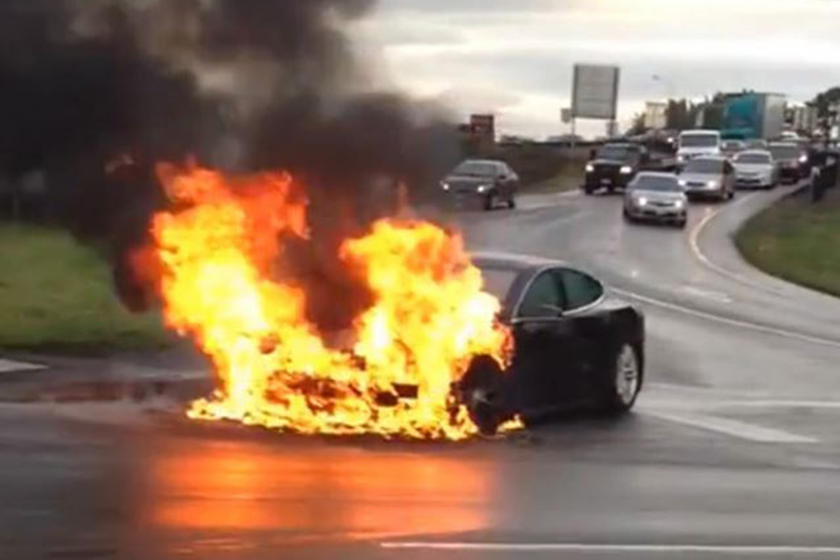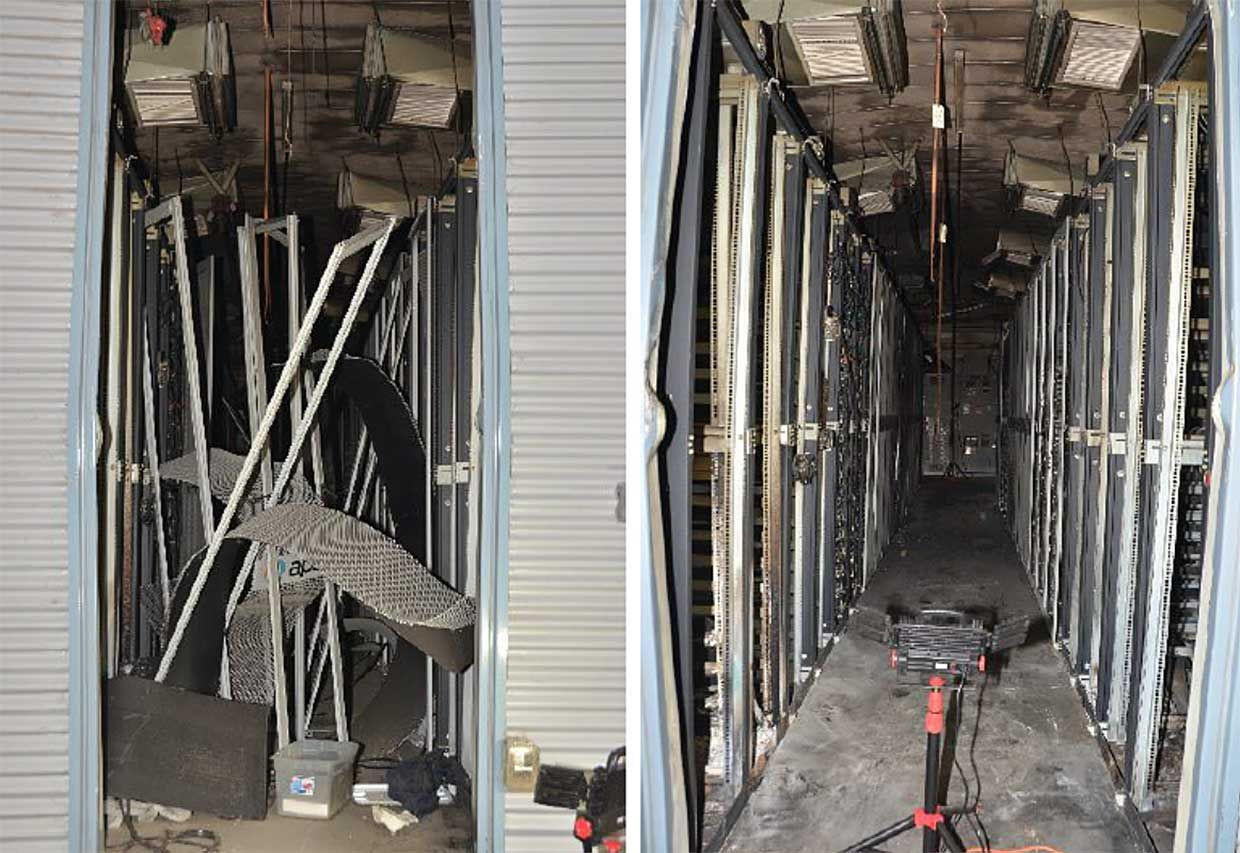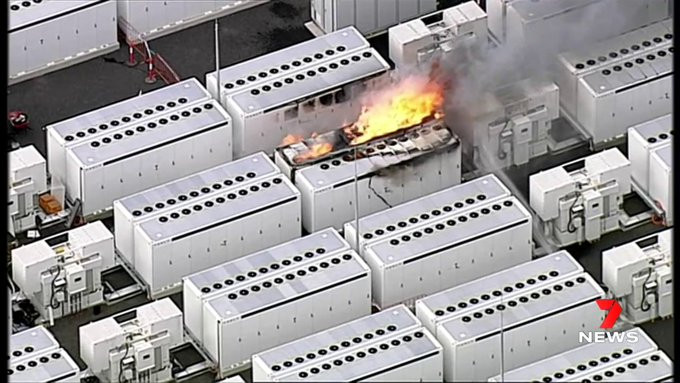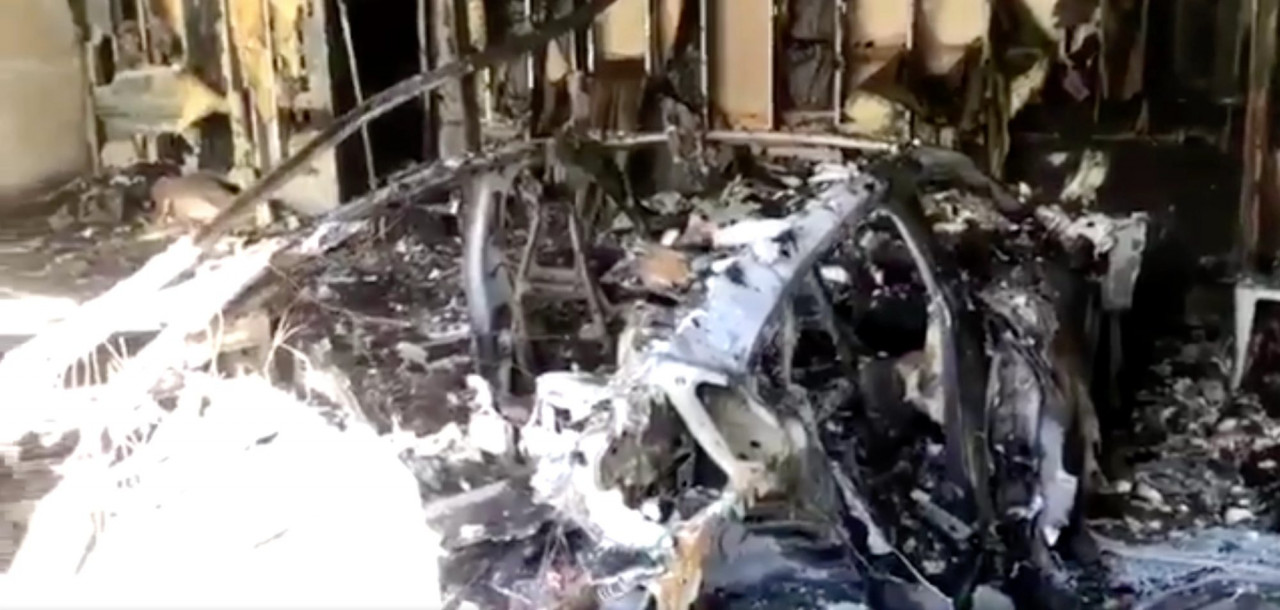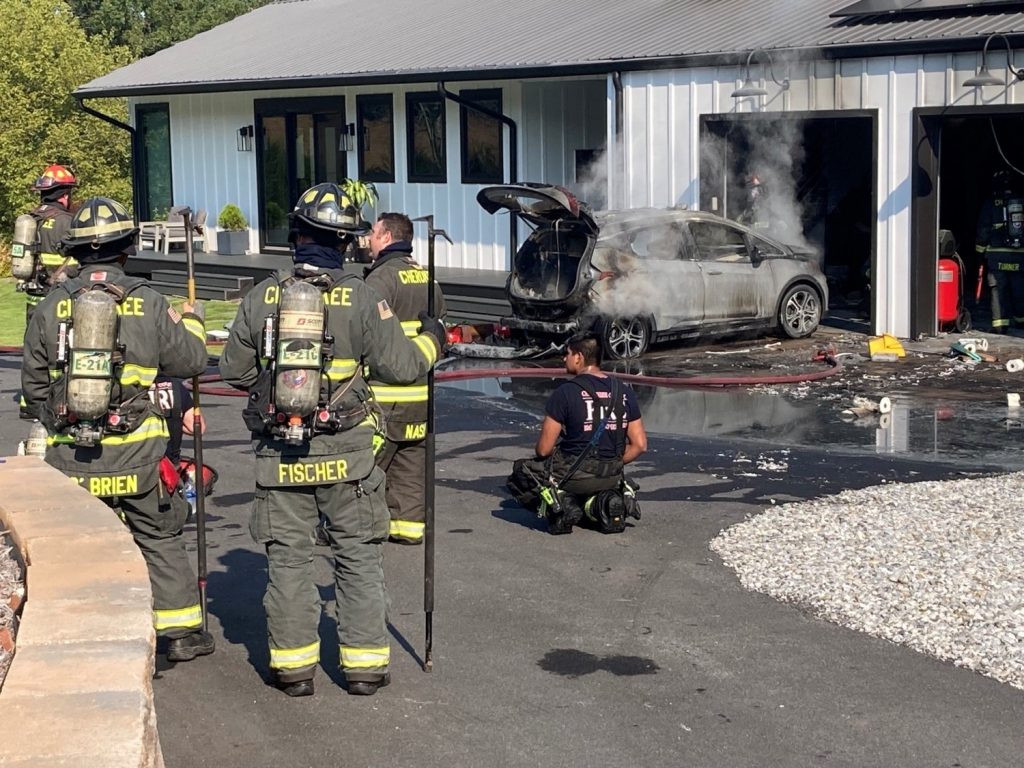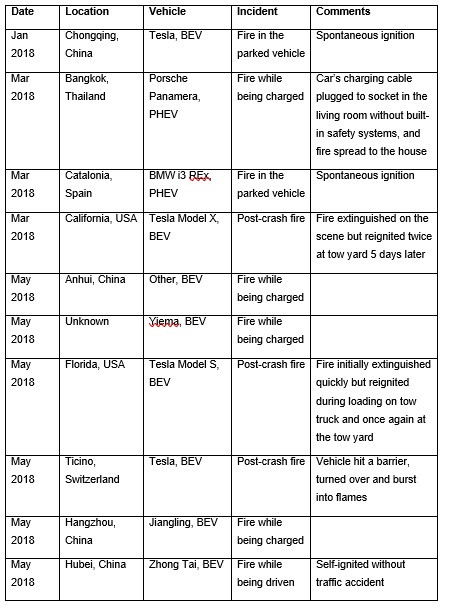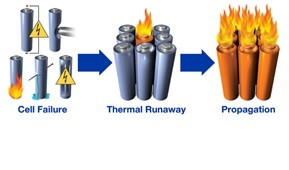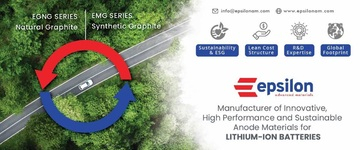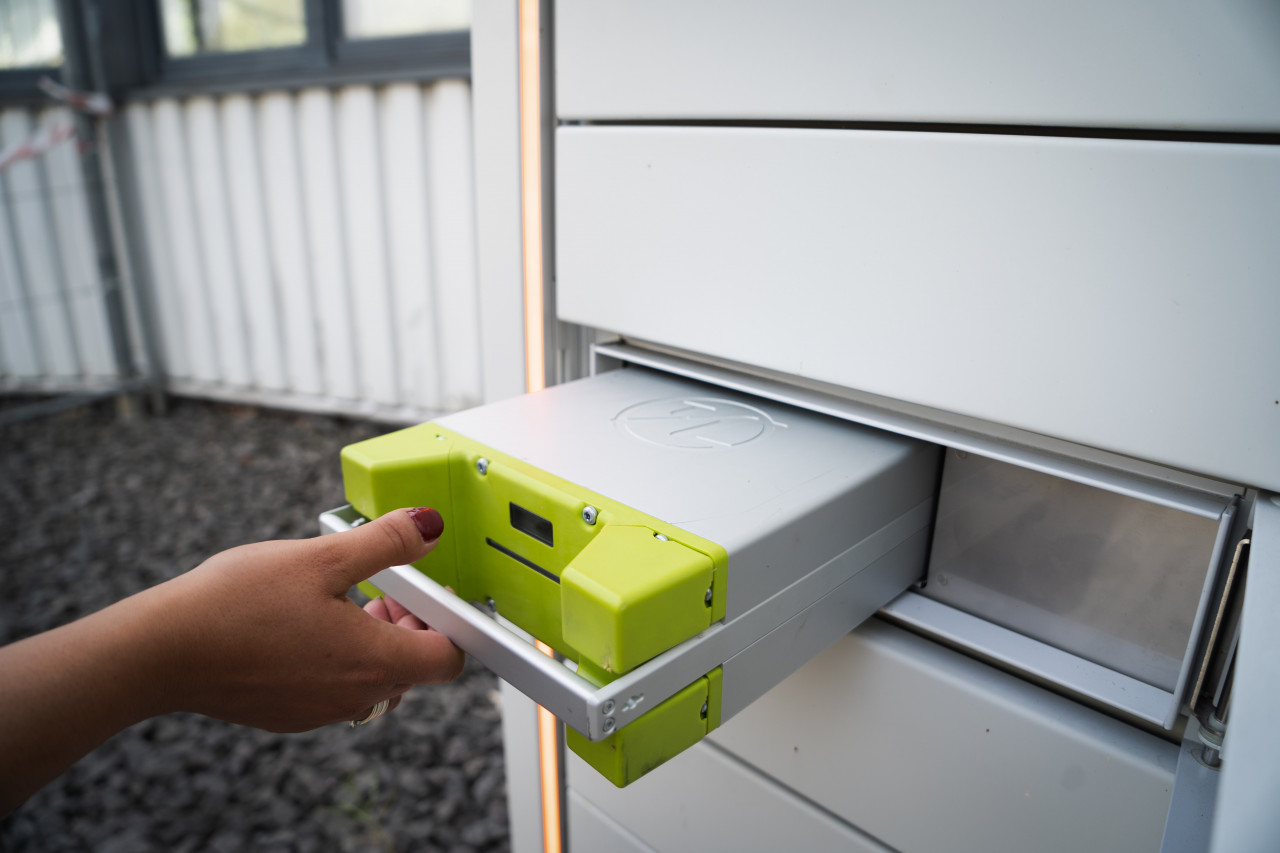Battery fire risks over the years: concerns & mitigation
Auto companies globally are investing billions in establishing a robust electric ecosystem to expedite the transition to e-mobility, and electricity grids the world over are deploying energy storage systems to integrate more renewable energy – to mitigate adverse climate change. But even as the prospects of battery storage applications are gathering momentum, this key technology shift isn't entirely free of risks.
According to a recent report by BloombergNEF: global passenger EV sales may reach almost 5.6 million units in 2021, up about 83 percent from 2020, thanks to high sales of electric cars in China and Europe. At the same time, the global energy storage market is also on track to install 11GW by year-end, double the volume installed in 2020. The U.S. will see the biggest growth through 2025, led by installations in California, Texas, and the Southwest.
The energy storage sector is just about experiencing a sunrise phase brought on by increasing deployments, marked by policy support and decreasing battery costs. While the prospects of battery storage applications are gathering momentum, especially concerning EVs, there is a rising sense of concern in the industry regarding the fire risk and hazards associated with the use of high-energy batteries.
Lithium battery hazards
Lithium battery systems are the power source of choice for various applications, EVs as well as stationary storage. But though the applications for lithium batteries may differ, the technology is similar, and hence so are the hazards.
Utility-scale Li-ion energy storage batteries are being installed at an accelerating rate in many parts of the world. Some of these batteries have experienced troubling fires and explosions. The nature of Li-ion cell and battery manufacturing requires stringent process control since low quality, presence of defects, and the lack of relevant design controls can lead to catastrophic failures.
It has been noted that cells/batteries manufactured with a lack of quality and configuration control are at a higher risk for failures such as fire, smoke, and thermal runaway in-field use.
[Thermal runaway occurs when the heat produced in a cell or battery is higher than the heat dissipated from it resulting in a rapid rise in temperature, typically accompanied by fire and/or smoke.]
There have been two types of explosions: flammable gas explosions due to gases generated in battery thermal runaways, and electrical arc explosions leading to structural failure of battery electrical enclosures. The thermal runaway gas explosion scenarios, which can be initiated by various electrical faults, can be either prompt ignitions soon after a large flammable gas mixture is formed, or delayed ignitions associated with late entry of air and/or loss of gaseous fire suppression agent.
Battery storage fires
In 2019, a blaze at an energy storage facility in Arizona injured firefighters. In July this year, a fire broke out at one of the largest utility-scale storage projects using Tesla batteries in south-eastern Australia. Later in September, the 300MW Moss Landing battery plant by Vistra Corp, in northern California, went offline after overheating triggered the sprinkler system. More than 30 ESS fire incidents have taken place in South Korea so far. Battery fire instances have also been reported in Europe and Australia.
The series of fire accidents involving battery energy storage systems across the world, residential or grid integrated, have raised serious concerns regarding the safe deployment of these systems and safety procedures at the premises. With the number of projects now increasing, the industry is sitting up to acknowledge that fires, mostly linked to Li-ion batteries, are occurring with worrying frequency.
Some instances over the past few years include:
Surprise, Arizona (USA)
April 2019
A 2MW battery array by Arizona Public Service (APS) caught fire and subsequently exploded, sending eight firefighters and a police officer to the hospital.
A team of engineers, safety experts, and first responders were assembled to work with the utility, battery-maker Fluence, and others to carefully remove and inspect the 378 modules that comprise the McMicken battery system, to assess the damage and figure out the cause.
This fire was the third involving a utility-scale battery. One was at an APS-owned battery in Flagstaff in 2012, and the other was in Hawaii.
APS has shut down its two similar batteries while awaiting the investigation results. But, according to reports, the company believes that energy storage is vital to a clean energy future in Arizona, and does not intend to slow down its plans to deploy new massive batteries. It has pledged to build 850MW batteries by 2025.
Monterey County, California (USA)
September 2021
Some of the Li-ion battery modules overheated in the 300MW / 1,200MWh Phase I of the world's biggest BESS project - Moss Landing Energy Storage Facility.
Safety features kicked in, detecting that the temperatures had exceeded operational standards in a few of the modules. Targeted sprinkler systems aimed at those affected modules were triggered. The project's owner and operator, power generation and retail company Vistra Energy, reported that there were no injuries and no harm caused to the community from the situation, which had been contained.
The firefighting team found no fire, just smoke and drenched batteries from the facility's fire suppression system. On request from Vistra, the team remained on standby for six days.
The battery storage facility is now indefinitely out of service till the investigation is on, but the company maintains that it intends to reopen the facility.
Hongseong-gun, Chungcheongnam-do, South Korea
April 2021
A fire broke out at a solar-plus-storage facility, in an ESS device that was installed in 2018. The facility had 3.4MW of PV generation capacity and 10MWh of energy storage capacity.
The blast that occurred destroyed around 0.5MW of energy storage batteries. There were no casualties but resulting in KRW440 million of financial loss.
Beijing, China
April 2021
An explosion occurred when Beijing firefighters were responding to a fire in the lithium-iron-phosphate battery connected to a rooftop solar panel installation. Two firefighters were killed and one injured.
The battery formed a 25MWh system connected to a 1.4MW photovoltaic array used at a public EV charging station Beijing Gotion Full-Service.
The cause of the explosion has proved inconclusive. A report by Beijing Fire Station is unsure of the exact reason for the explosion. It stated that cell quality, battery management, electrical topology, external dust storms, and even wire arrangement could have led to the fire.
Victoria, Australia
July 2021
A Tesla Megapack BESS unit caught fire at the 300MW (450MWh) Victorian Big Battery facility in Geelong, Victoria. No injuries were reported, but the fire triggered a toxic air alert to the surrounding areas. Flames did not spread to any of the other Megapacks, among 210 or so that make up the system.
The battery system is owned and operated by Neoen and is one of the world's largest energy storage systems. It was set up to help prevent blackouts in the region and power homes using electricity from renewable sources like solar and wind.
The project was scheduled for commissioning and the start of commercial operations a few days later, and the incident occurred as initial testing was being conducted.
As reported by Neoen, the cause of the fire was identified as coinciding short circuits in two particular locations likely initiated by a coolant leak external to the battery compartment. This occurred while the Megapack was offline in a service mode that removed fault protection, and since the fault went undetected it initiated a fire in the adjacent battery compartment.
The company informed that Tesla is implementing changes to its Megapack firmware and monitoring. It plans to switch the Tesla Megapacks back on at the Victorian facility before the end of the year.
EV battery fires
Battery-related incidents have been a concern for manufacturers due to extreme cases of battery fires. Thermal runaway in EV batteries leading to fires has become a major hurdle for the automotive industry which is still trying to convince customers to make a switch to EVs.
With an increasing number of EVs being driven worldwide, the incidents involving batteries continue to resurface, with several automakers recalling their vehicles due to incidents of significant concern.
Following are some of the fire incidents in EVs from around the world, in the past few years, resulting from battery mishaps.
Hyundai Kona
In October 2020, Hyundai Motor recalled 77,000 Kona EVs following fires in 16 of its EVs due to faulty battery issues, in Korea, Canada, and Europe over two years. Around seven Kona EV fire instances took place in South Korea when parked at full charge or while being charged at the charging station.
Porsche Taycan
A PorscheTaycan caught fire while parked in a residential garage in Florida, in February 2020. The explosion resulted in significant damage to the house and a complete loss of the car.
Tesla
Tesla Model 3 exploded in an underground residential parking garage in Shanghai, China. In another incident in April this year, two people died when a Tesla Model S with no one in the driver's seat crashed into a tree and burst into flames.
Earlier this year in May, a Chevy Bolt burst into flames while parked in a home garage, starting from the backseat. In July, GM issued a recall of its 2017-2019 Chevrolet Bolt EVs after at least two fire incidents in EVs that were repaired for a previous problem. Over about 17 months, the company confirmed 13 fire incidents involving the model — 11 in the U.S. and 2 overseas.
Officials with GM and LG Energy Solutions which supplies the vehicle's battery cells identified a second "rare manufacturing defect" in the EVs that increases the risk of fire. GM said it is recalling nearly 69,000 Bolt EVs worldwide; affected vehicles will get battery software updates, limiting charges to 90 percent of capacity.
Pure EV
Two months ago, in October, two ePluto e-scooters by the Indian EV startup Pure EV underwent thermal runaway in the e-scooter batteries, leading to intense fire. The company has recalled one of the two damaged scooters and is investigating the incident.
In Europe, Ford recalled 20,500 Kugas plug-in hybrid and suspended its sales last year due to concerns that the battery packs could potentially overheat and cause a fire.
Seven Kuga fires were reported, but there were no casualties. According to reports, Ford offered to replace the entire battery pack, saying the root cause had been identified as a battery-cell contamination issue in its supplier's production process.
Bayerische Motoren Werke AG (BMW)
According to reports in the media, BMW has said it will recall its 4,509 plug-in hybrid EVs in the US, saying debris may have entered battery cells during production at their supplier's facility.
This could lead to short-circuiting and a "thermal event", which could increase the risk of an injury, the company had informed, instructing drivers not to charge their vehicles.
Altogether, BMW has recalled some 26,000 plug-in hybrids, mostly in Europe, over the potential battery problems.
Volvo
A fire incident involving Volvo's EV XC90 Recharge SUV due to issues with battery systems was a first for the Swedish company. So far, there have been no other cases reported of XC90 Recharge fires. The company is yet to determine the cause of the fire.It is speculated that the cause may not be with the battery, as the Volvo XC90 Recharge has a relatively small 11.6-kWh battery pack and offers an electric-only range of 18 miles (29 kilometers) as rated by the EPA.
List of EV fire accidents in 2018 and 2019
Though the EV fire incidents aren't as common and frequent as those seen in gas or diesel-powered cars, the risk is very real; adding urgency to the development of enhanced safety standards. Vehicle fires due to batteries also present challenges to firefighters and emergency responders who may not be equipped and trained to handle battery fires.
Battery fire causes/ reasons
Nearly all of the utility-scale batteries are bigger-sized versions of the same Li-ion technology that powers electronic gadgets like mobiles and laptops. If the batteries get too hot, a fire can start and trigger a thermal runaway, in which the fire feeds on itself and is nearly impossible to stop until it consumes all the available fuel.
According to the Korean lithium battery fire investigation report, three major causes were identified: the lack of battery overcurrent and overvoltage protection, the need for improvements in the operating environment (humidity and dust) and installation processes, and the lack of experience in ESS integration and management.
In the case of EVs, it is still a new domain, which makes the risks more pronounced even when the fire occurrences are one in millions. The off-nominal conditions, poor quality of the cells and batteries, or use beyond their specifications, may cause the battery to go into thermal runaway, which can lead to the release of extensive heat, fire, smoke, and toxic gases.
A major concern with the large battery systems used in EVs is that the thermal runaway of one cell can lead to a catastrophic fire in the whole battery system and re-ignitions even after flames seem to be out.
All battery systems, irrespective of use, are built with safety mechanisms that are meant to allay dangers. The systems use structural and mechanical ways to keep batteries cool and prevent thermal runaway. There are safety protocols and procedures that are known to the operators and manufacturers, like in any other energy system.
Battery standards & certification
Fortunately, occurrences of fire incidents seem to have reduced through 2020-21, as compared with 2018 and 2019. One of the main reasons for this could be the increasing awareness of energy storage safety among the energy storage fraternity.
Early detection and warning systems, in case of EV fires, are crucial to saving lives in worst-case incidents. According to new Chinese safety regulations for EVs (GB 38031-2020), the warning system in an EV should warn the passengers at least five minutes before a thermal event in the battery causes danger in the passenger compartment, to give them enough time to exit the vehicle. To achieve this, the thermal runaway propagation needs to be mitigated and the battery packs need to be instrumented with appropriate sensors (temperature, gas sensors). China is the first country to make this requirement binding from 1 January 2021 onwards. It may be assumed that the requirement will also be imposed in this or a similar way for other regions.
The Arizona fire proved to be a wake-up call for the industry in the US. The National Fire Protection Association (NPFA) 855 'Standard for the Installation of Stationary Energy Storage Systems' was released in 2020 - best-practice standard providing insight into existing and improving certifications, testing standards, and design standards, such as:
- UL 9540 – battery energy storage system certification
- UL 9540A – battery cell, module, rack-level thermal runaway test
- UL 1973– battery certification
- NFPA 68 and NFPA 69 – explosion protection and prevention design standards
These certifications, testing standards, and codes are listed as requirements of NFPA 855 for many Li-ion energy storage systems. With this guidance, there has been an increased focus on stationary energy storage system fire safety across the U.S. market.
While several battery safety certifications, testing, and standards exist for EV batteries, like UL 2580, UL 2271, and ISO 26262, the upcoming edition of NFPA 855 is expected to include guidance on EVs as well.
Tapping into the expertise in batteries, Underwriters Laboratories (UL) are developing UL Standards for large batteries and other onboard components. Since the late 1990s, UL has developed a series of UL Standards for EVs that meet the demands of the new energy era by utilizing the applicable UL Standards and existing EV standards.
UL is among the many energy storage stakeholders working on enhanced safety practices through a new initiative launched in Phoenix, just days before the APS fire in Surprise. Technology and fire safety experts seek to incorporate lessons learned from such failures into updated codes, standards, and products.
India scenario
While adopting global standards, not all standards can be implemented in the Indian cost-sensitive market. So, there is a need to develop indigenous standards suitable to the Indian conditions.
ARAI (Automotive Research Association of India has geared itself to support the automotive industry for EV development, evaluation, and certification. Under the FAME project, ARAI has set up the comprehensive state-of-the-art Centre of Excellence (CoE) for EVs (2W, 3W, passenger cars, buses, and commercial vehicles) and their components such as traction batteries, motors, controllers, chargers, etc.Considering the importance of battery safety, the standards in India have been set on the lines of global standards to ensure safe battery measures for EVs. The standard focus is on electrical and thermal hazard management. Apart from approving the battery for Indian conditions, importance is also given to user awareness for the charging and discharging process of the battery.
The energy storage industry is young and constantly improving—and will continue to improve as it grows. Safety and proper mitigation measures must reside at the heart of Li battery system design. As in similar industries with fire risks, standards and planning are key—and manufacturers, operators, and first responders are working together to enhance protocols and training.
SOME BATTERY FIRE FACTS
- "Battery fires can take up to 24 hours to extinguish" – Tesla
- It takes at least 2,600 gallons of water to put out a battery fire.
- Gasoline fires occur when it encounters a spark or flame, while battery fires typically take some time to acquire the heat necessary to start the fire.
- Gasoline and battery fires burn very differently. Batteries can be expected to reignite after being put out because they still have stored energy.
- The greater the amount of energy the EV may contain, the greater the fire risk.
- 31 percent of fire departments (in the US) don't train for EV fires. 50 percent of fire departments say they don't have special protocols in place to handle EVs after an accident.
Source: LaBovick Law Group


